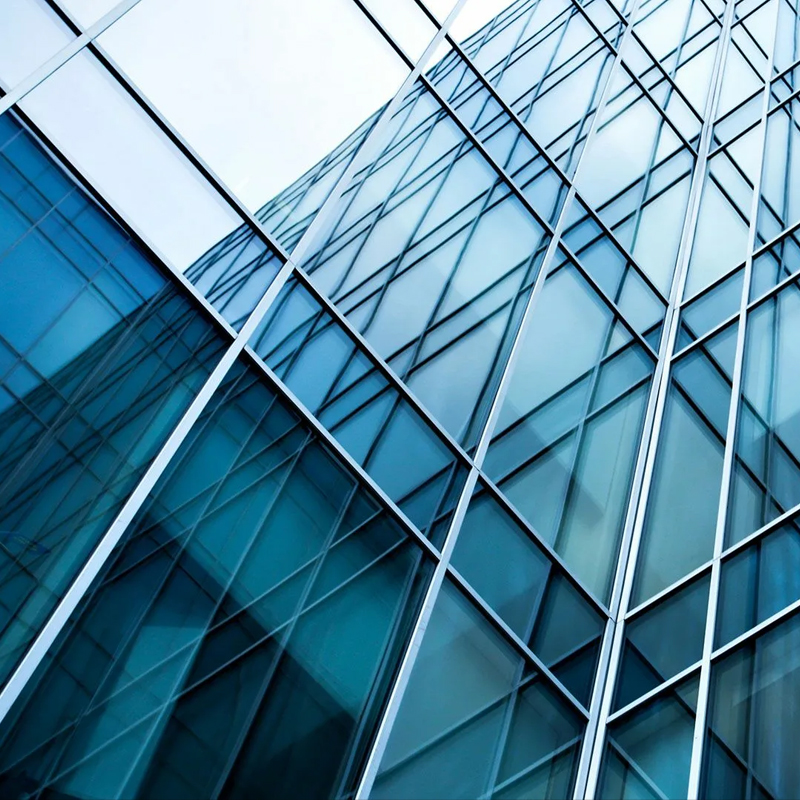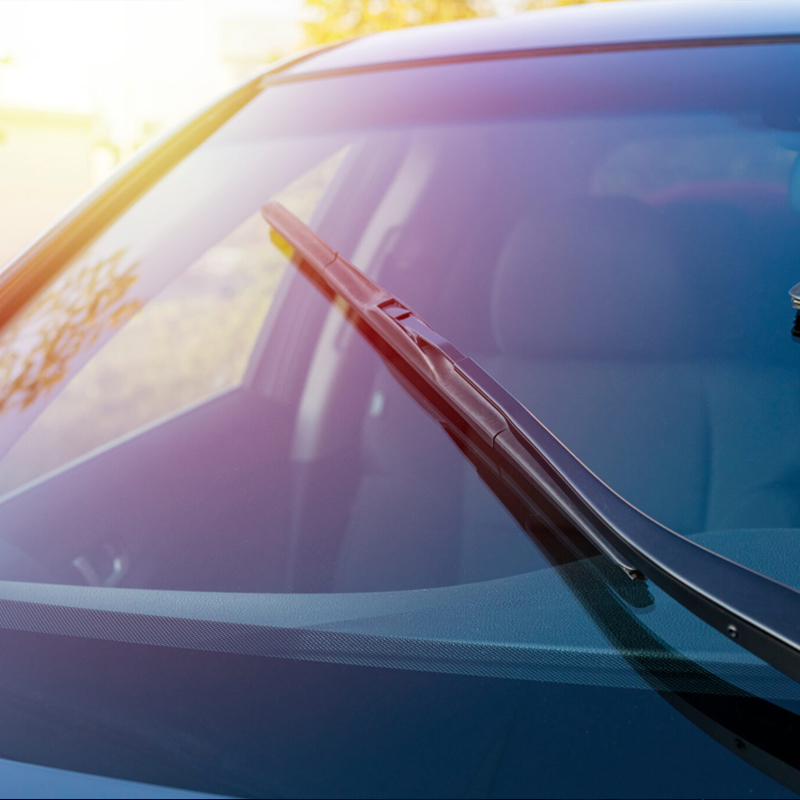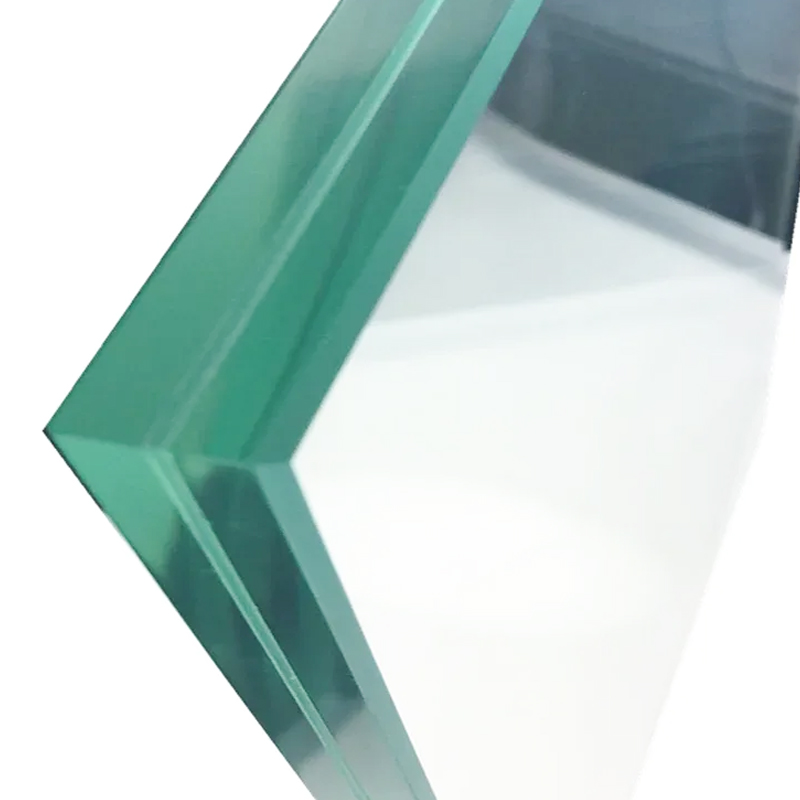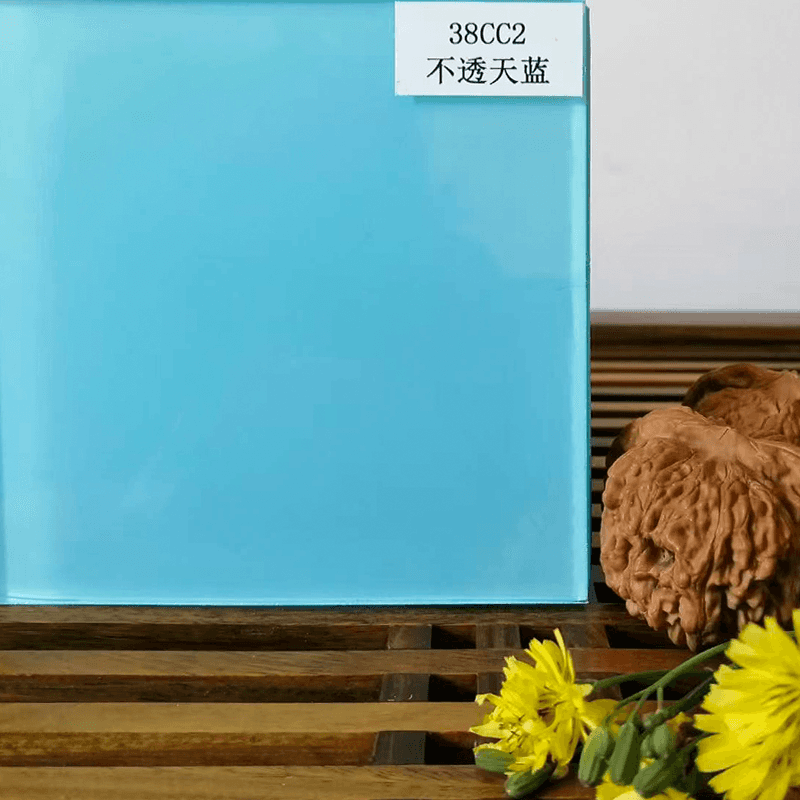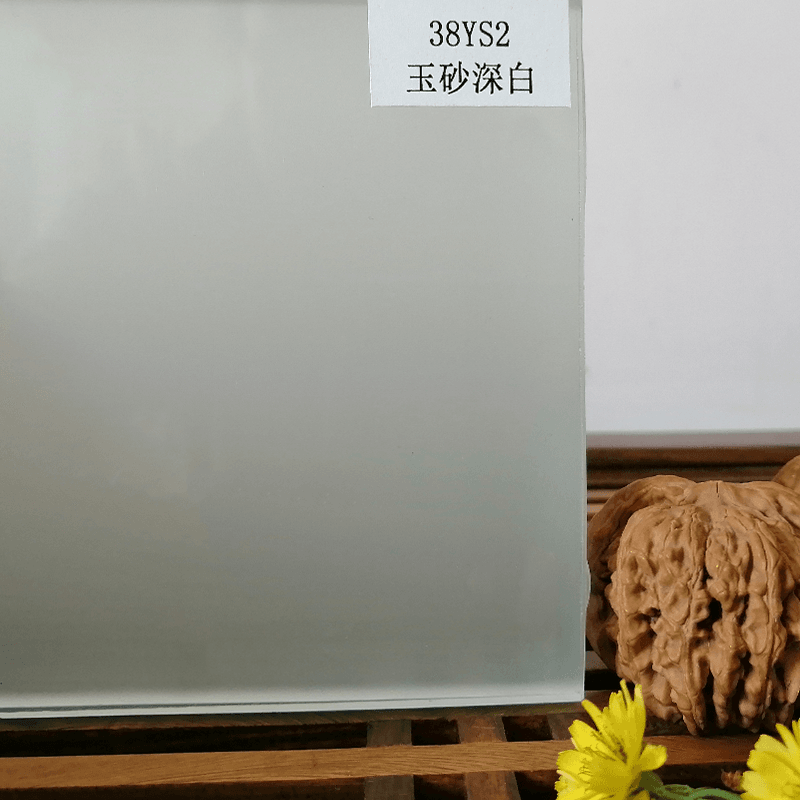language
In the realm of architectural innovation and automotive safety, laminated glass stands as a pivotal component, seamlessly blending aesthetics with protection. At the heart of this technology lies the PVB interlayer film—an indispensable element that elevates ordinary glass into a formidable barrier against impact, UV radiation, and noise pollution. This article delves into the multifaceted advantages of PVB interlayer film, underscoring its transformative role in laminated glass applications.
Understanding PVB Interlayer Film
Polyvinyl Butyral (PVB) interlayer film is a resinous polymer sheet, typically sandwiched between two or more layers of glass during the lamination process. This layer binds the glass sheets together, creating a composite structure that retains its integrity even under duress. Unlike conventional glass, which shatters into hazardous shards, laminated glass with PVB interlayer remains largely intact upon impact, thereby safeguarding occupants and pedestrians alike.
Exceptional Safety Performance
Foremost among PVB’s attributes is its unparalleled contribution to safety. The film’s inherent toughness absorbs and dissipates kinetic energy, reducing the likelihood of glass penetration during collisions or breakage. This characteristic is particularly vital in automotive windshields and building facades, where occupant protection is non-negotiable. In scenarios ranging from vehicle crashes to severe weather events, the PVB interlayer acts as a resilient shield, minimizing injury risks by preventing glass shards from scattering.
Superior Acoustic Insulation
Beyond its protective properties, PVB interlayer film serves as an excellent sound dampener. Its viscoelastic nature disrupts sound waves, significantly attenuating external noise transmission. This acoustic insulation quality makes laminated glass with PVB film a preferred choice in urban environments and noise-sensitive spaces such as offices, hospitals, and residential complexes. The resulting tranquility enhances occupant comfort without compromising on natural light or transparency.
UV Radiation Filtration
PVB interlayer film also functions as an effective filter against harmful ultraviolet (UV) rays. By blocking up to 99% of UV radiation, it preserves the interior furnishings, upholstery, and artworks from premature fading and degradation. This protective attribute extends the lifespan of interiors while contributing to occupant health by reducing exposure to damaging UV rays. Architects and designers increasingly leverage this feature to marry sustainability with aesthetics.
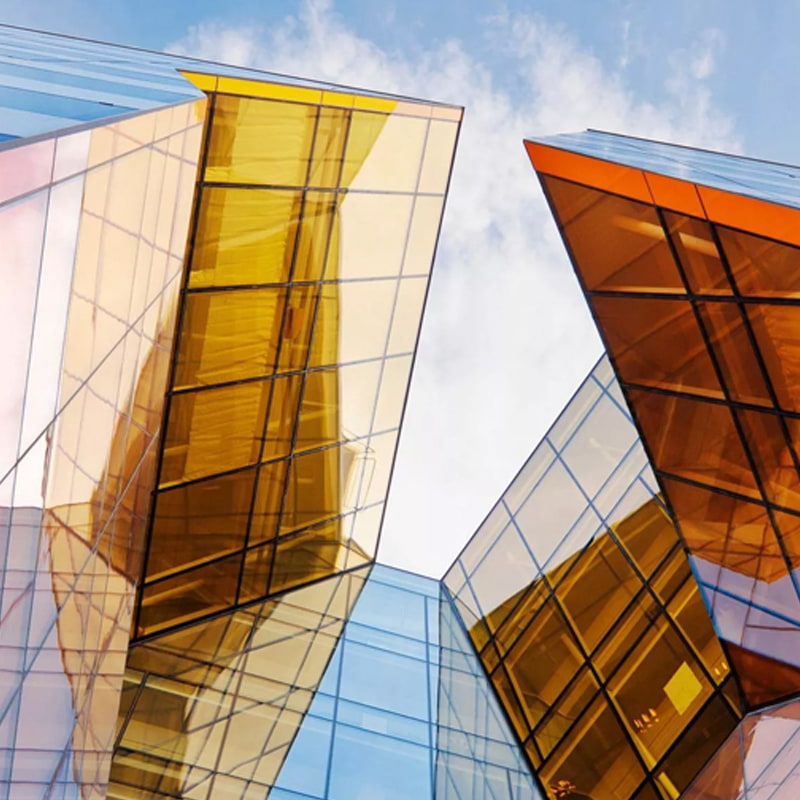
Enhanced Structural Integrity
The incorporation of PVB interlayer significantly amplifies the structural resilience of laminated glass. The film imparts flexibility and strength, allowing the glass to withstand thermal stresses and dynamic loads more effectively than monolithic glass. This robustness is invaluable in high-rise constructions and specialized automotive applications, where resistance to extreme forces is imperative.
Design Versatility and Customization
PVB interlayer film is not merely a functional necessity; it also offers substantial design versatility. Available in a variety of colors, thicknesses, and finishes, the film empowers architects and manufacturers to tailor laminated glass to specific visual and performance requirements. From translucent hues that diffuse light to vibrant colors that enhance facade aesthetics, PVB interlayers unlock a creative palette that transcends traditional glass limitations.
Sustainability Considerations
In an era where environmental consciousness shapes industry practices, PVB interlayer film contributes positively to sustainability goals. Laminated glass, thanks to its durability and protective properties, reduces the frequency of glass replacements and repairs. Moreover, advancements in recycling technologies enable the reclamation and reuse of PVB material, mitigating environmental impact and promoting circular economy principles.
Applications Across Industries
The scope of PVB interlayer film extends far beyond conventional windows. Its adoption spans automotive windshields, skylights, curtain walls, bullet-resistant glass, and even specialty applications such as solar panel encapsulation. Each sector benefits uniquely from the film’s protective, acoustic, and aesthetic qualities, making it a cornerstone material in modern glass engineering.
PVB interlayer film stands as a silent yet indispensable protagonist in the evolution of laminated glass technology. Its amalgamation of safety enhancement, acoustic insulation, UV protection, and design adaptability establishes it as a material of choice for architects, engineers, and manufacturers worldwide. As the demand for safer, smarter, and more sustainable building and automotive solutions intensifies, PVB interlayer film will continue to play a transformative role—redefining the possibilities of glass in our built environment.

